The Sun Factor
Layout designed for best viewing on a "1024 x 768" screen.
Disclaimer: I am not a medical professional. I have known the effects of skin cancer and in my research on SummitPost found no information on the Risks of Overexposure to Sun. If this article can save one life then I would feel that I was successful. The information and non-credited photos contained here was gleaned from the internet as well as my own experience in first aid training as well as personal conversations with survivors of skin cancer. Please feel free to make suggestions for corrections or additions.
Primary image photo by desainme.
![Sunset in Itatiaia NP]() The Shiny Orb called The Sun, Kellfe photo
The Shiny Orb called The Sun, Kellfe photo![Hat and Shades, part of your skin protection]() Glacier in the Shades, FlatheadNative photo
Glacier in the Shades, FlatheadNative photo
As we all know sunlight is a powerful source of energy. While sunlight is crucial for many processes on the earth such as heat and production of oxygen through photosynthesis; sunlight can also be damaging to the human body with just a little exposure.
Sunlight is measured in what is called “solar constant” which is equal to the amount of power the sun deposits in a specific area. Without the atmosphere protecting the earth, the solar constant would be 1,370 watts per square meter. But due to the atmosphere the solar constant drops down over 20 percent to 1,000 watts per square meter. The higher in elevation the less protection we receive from the atmosphere. In comparison consider that a toaster requires about 1,000 watts to toast four slices of bread.
The main culprit for damaging skin and eyes is ultraviolet light (UV). In addition to a sunburn UV rays can also cause skin cancer and premature aging of the skin. The eyes can also be permanently damaged by prolonged exposure to sunshine without protection. UV light is also beneficial; it acts as a natural sterilizer for both instruments as well as water.
UV light is separated into at least three spectrums: UVA, UVB and UVC. All UV light can cause damage to the skin and accelerate aging. Exposure to UVA is more constant than UVB — it is present at all times and seasons. UVA is useful for treating certain medical conditions such as psoriasis and healthy exposure to UVB is crucial for production of vitamin D. Conversely, too much UVA and UVB can also be detrimental and cause such conditions as skin cancer, permanent eye damage and damage the immune system.
UVC rays are the highest in energy and the most dangerous type of ultraviolet light. Little attention has been given to UVC rays in the past since they are filtered out by the atmosphere.
Natural Protection of the Skin
Skin is the
human body’s largest organ; on each square inch of skin there are approximately 19 million skin cells.
Skin creates an amazing barrier that usually is impervious to moisture and creates an amazing barrier against infection, cools the body through perspiration, as well as protects vital muscles and bone structure.
Some exposure to sun is healthy for the skin as it produces melanin. Melanin gives the skin its normal color. Exposure to sunshine produces extra melanin which creates a darker pigment to the skin. It is this darker pigment, a sun tan, that helps block UV rays from damaging the skin. But the natural protection of Melanin can only go so far. Too much exposure can cause a number of serious problems.
Problems Associated with Prolonged Sun Exposure
![Sun burn with blisters]() Sun burn with blisters
Sun burn with blisters
Dry skin is a common cause of itching. Generally, the skin appears dry, flaky and slightly more wrinkled than skin on other parts of your body that have not been exposed to the sun.
Sunburn causes pain and redness on sun-exposed skin with a clear distinction between where skin is protected and where it was not. More severe cases of sunburn produce painful blisters and may associated with nausea and dizziness.
Think of blisters as the body trying to put the burn out from the inside out. Persons with large areas of sunburn could possibly be at risk of dehydration as well. The key here is to cool the sun burn with cool water just like a heat burn. Cooling aloe gels are also useful for providing comfort as well as replenishing moisture in the skin.
Proper hydration is key here as well. In strenuous activity in hot conditions, such as fighting forest fires on Hot Shot crews, it is not unusual to require one quart of water per hour. Although most activites are not that demanding this can be used as a guideline.
![Actinic keratosis]() Actinic keratosis
Actinic keratosis
Actinic keratosis is the first step to developing skin cancer. Actinic keratosis appears as small bump that feel like sandpaper or a persistent patch of scaly (peeling) skin that may have a jagged or even sharp surface and that has a pink, yellow, red or brownish tint.
![Seborrheic keratosis]() Seborrheic keratosis
Seborrheic keratosis
Seborrheic keratosis is characterized by tan, brown or black growths have a wart-like or waxy, pasted-on appearance and range in size from very small to more than 1 inch (2.5 centimeters) across. The precise cause isn't known, but these lesions are seen in aging skin. Typically, seborrheic keratoses don't become cancerous, but they can resemble skin cancer.
Damage to the skin’s Collagen. Collagen is called the glue that holds our bodies together. It makes up about 25 percent of the amounts of proteins in the human body. Without it, the body would, quite literally, fall apart.
Sun damages the skin’s collagen which is indicated by fine lines, deeper wrinkles, a thickened skin texture and easy bruising on sun-exposed areas, especially the back of the hands and forearms.
Skin Cancer
A number of things may put you at higher risk of having skin cancer some day:
• Having fair skin, red or blond hair
• Having light-colored eyes
• Sunburning easily
• Having many moles, freckles or birthmarks
• Working or playing outside
• Being in the sun a lot as a child
• Having had a serious sunburn
• Having family members with skin cancer
• Tanning in the sun or with a sunlamp
Skin cancer is a result of prolonged exposure to sun and generally develops above the shoulders, chest, neck, arms, hands and legs. There are a number of types of skin cancer and some of them appear as a sore that bleeds, crusts over, heals and then reopens. With melanoma, an existing mole may change or a new, suspicious-looking mole may develop. Other types of melanoma develop in areas of long-term sun exposure and start as dark flat spots that slowly darken and enlarge, known as lentigo maligna.
See your doctor immediately if you notice a new skin growth, a bothersome change in your skin, a change in the appearance or texture of a mole, or a sore that doesn't heal within two weeks.
Be suspicious of new moles or changes of old moles on the skin. A normal mole is solid tan, brown, dark brown or flesh colored. Its edges are well-defined. It's usually smaller than 1/4 inch in diameter and has a round or oval shape. It should be flat or dome-like. Be aware of moles that grow rapidly. Moles that appear after age 30 should be watched carefully and brought to the attention of your family doctor.
The American Cancer Society reports that “more than 1 million cases of non-melanoma skin cancer diagnosed yearly in the United States are considered to be sun-related. Melanoma, the most serious type of skin cancer, will account for about 59,940 cases of skin cancer in 2007 and most (about 8,110) of the 10,850 deaths due to skin cancer each year.” Source American Cancer Society, Skin Cancer FactsSigns of Skin Cancer, The ABCDE Rule
![ABCD Skin Cancer]() ABCD of Identifying Skin Cancer
ABCD of Identifying Skin Cancer
A for asymmetry: A mole that, when divided in half, doesn't look the same on both sides
B for border: A mole with edges that are blurry or jagged
C for color: Changes in the color of a mole, including darkening, spread of color, loss of color, or the appearance of multiple colors such as blue, red, white, pink, purple or gray
D for diameter: A mole larger than 1/4 inch in diameter
E for elevation: A mole that is raised above the skin and has an uneven surface
Protecting Skin from Overexposure to Sun
No matter where you climb protection of the skin is crucial. Consider the following recommendations to protect your skin.
If at all possible avoid the sun during high-intensity hours. The sun's rays are most damaging from 10 a.m. to 4 p.m. Reduce the time you spend outdoors during these hours. This is not usually feasible while out climbing or mountaineering.
Consider, covering as much of your skin with clothing as possible. Long-sleeved shirts, long pants and wide-brimmed hats will offer a significant amount of protection especially if the clothing contains SPF fabric such as those made by Columbia.
Up to 30 minutes before going outdoors apply SPF 15 or better with a broad spectrum of protection against both UV-A and UV-B rays. For children use SPF 30 or higher. Use a sunblock on your lips. Choose a product that has been specially formulated for the lips, with a sun protection factor of 20 or more. Follow the direction on the sunscreen container for additional applications.
Remember that certain medications and skin care products can increase the skin's risk of UV damage. Consult with your prescribing physician to determine of you need to take additional special precautions against sun damage.
Protecting the Eye
![Cataract]() cataract cataract |
![pterygium]() pterygium pterygium | ![pinguecula formation]() pinguecula formation pinguecula formation |
When considering protection of the eye the concern is with UVB light. In high intensities of UVB light is hazardous to the eye, and severe exposure can lead to serious eye conditions such as cataracts, pterygium and pinguecula formation.
Choosing between glass or plastic needs to be carefully considered. With this in mind, consider that even untreated eyeglasses offer some protection. However, most plastic lenses provide better protection than glass lenses, due to glass being transparent and plastic lenses are less transparent. Polycarbonate lens block most UV rays. No matter which lens you choose to use make sure that adequate protection is provided on the sides of the eye.
![Shades]() Shades for the eyes.
Shades for the eyes.
![Always wear sunglasses in snow !]() Damage from Snow and Sun, julesblaidd photo
Damage from Snow and Sun, julesblaidd photo
Mountaineers are exposed to higher than ordinary levels of UV radiation, both because there is less atmospheric filtering and because of reflection from snow and ice. Protective eyewear will prove beneficial reduce exposure to ultraviolet radiation, particularly short wave UV. Full coverage eye protection from the side is crucial to ensure adequate protection for the side when there is an elevated risk of exposure such as climbing at high altitude.
SNOWBLINDNESS
To prevent snowblindness always wear goggles or sunglasses. It is possible to make protective eyewear by cutting two small slits in a piece of cloth and then looking through the slits after fastening them around the head.
Snowblindness is caused by burning the cornea of the eye by UVB rays. It typically occurs at high altitudes on reflective snowfields. Headaches, gritty or burning eyes, halos around light, sensitivity to light excessive tearing and temporary loss of vision are the typical symptoms of snowblindness.
To treat this condition consider the following recommendations: cover both of the victims eyes with bandages and control pain with painkillers and a cool compress. Oftentimes within 18 hours the vision will restore without further medical help. Typically the surface of the cornea regenerates within 24 to 48 hours. If difficulties continue seek medical help as soon as possible. A Few Last Words:
In conclusion, practice sun safe principles as you venture outdoors. Protect your skin and eyes with the measures that are appropriate for the conditions that you encounter as you are out enjoying the routes and summiting the mountains. Use common sense and prevention to ensure many more years of mountaineering.






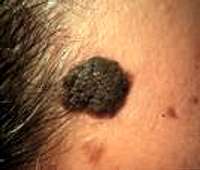

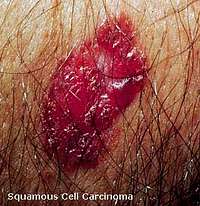
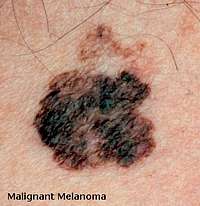
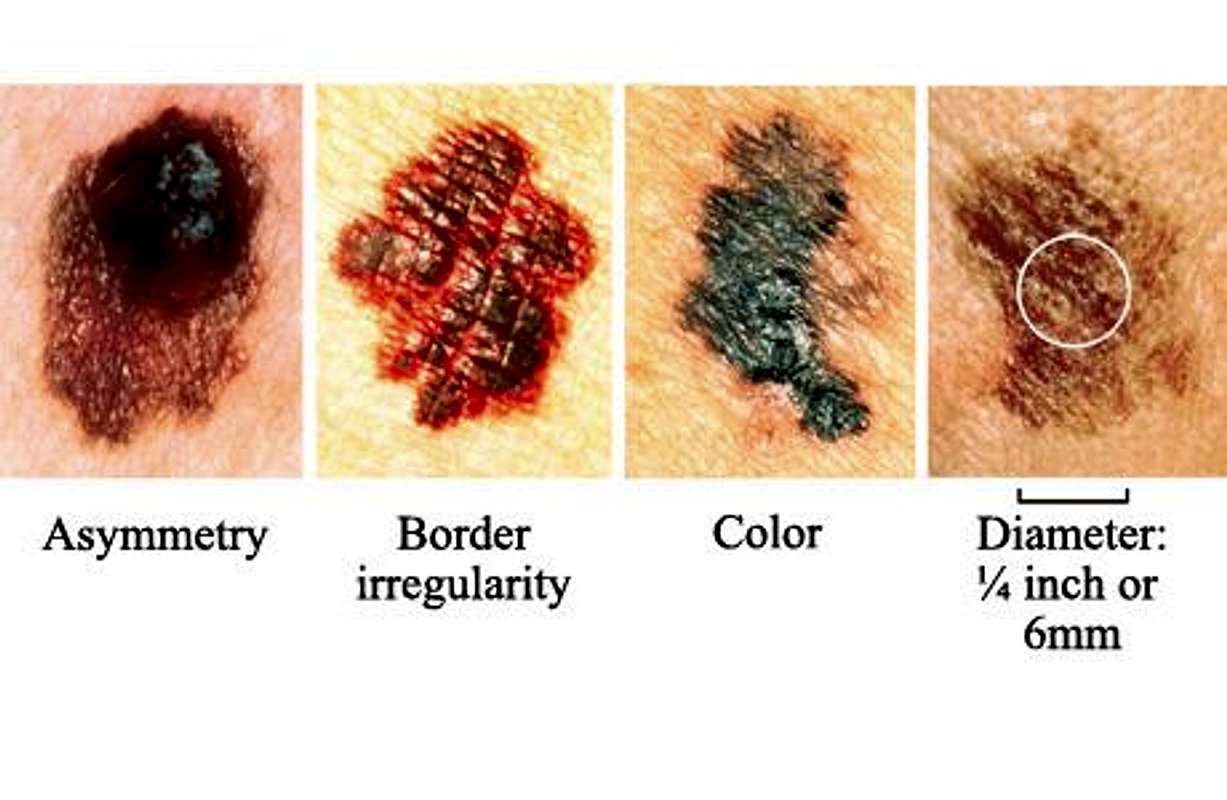



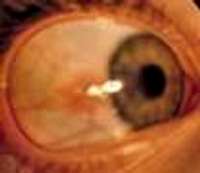

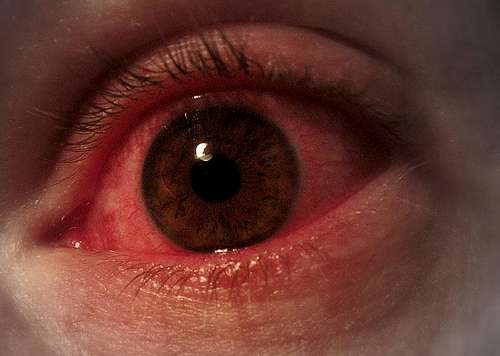




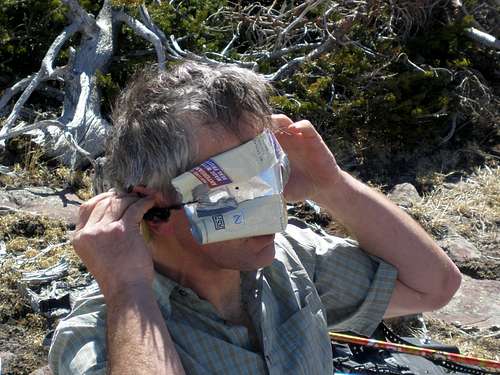



Comments
Post a Comment